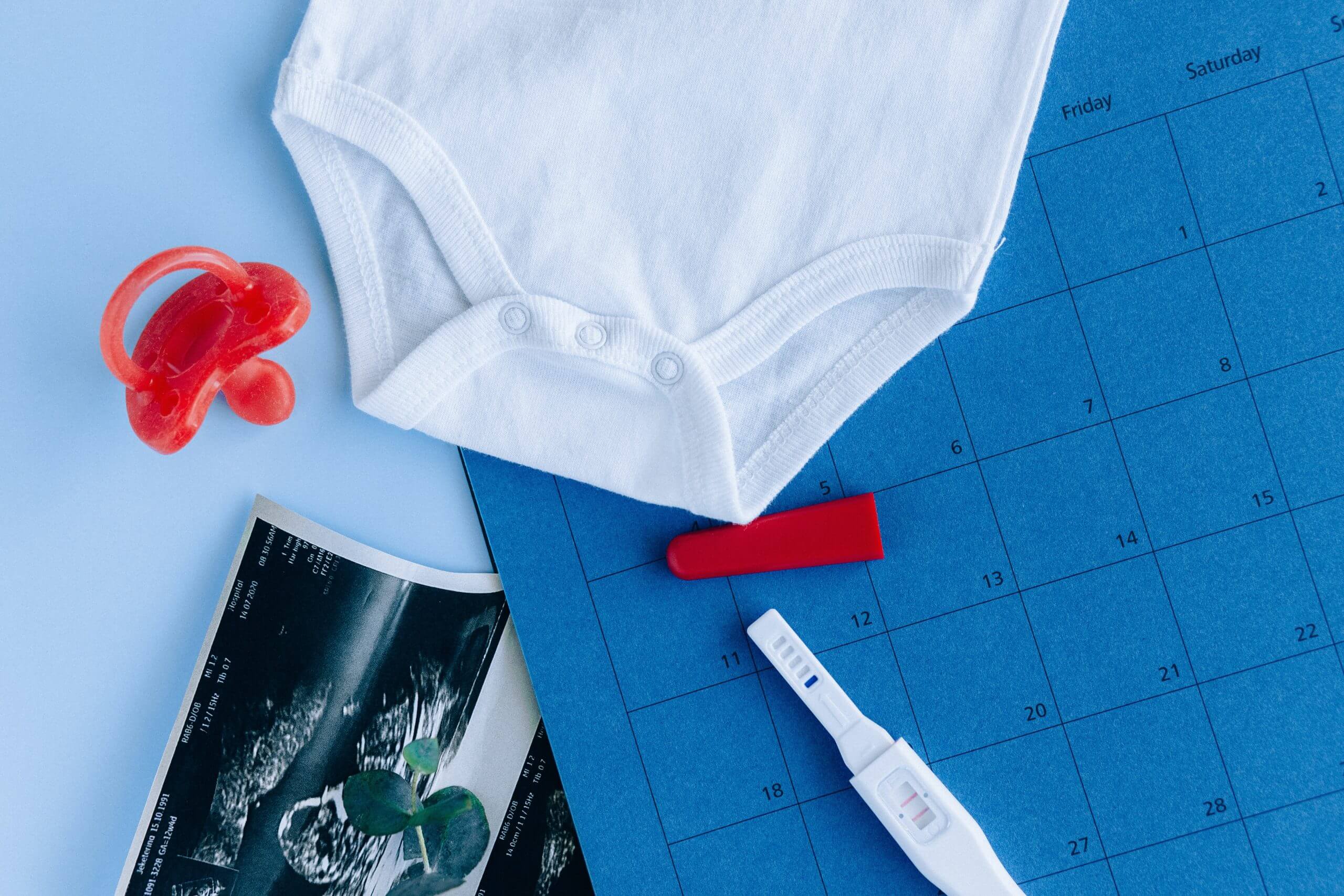So you’re a future mum. Congratulations! You’ve stayed the course and waited quite some time to take it in. Oh, and your pregnancy strip just confirmed your dreams to be quite the reality.
As experienced parents, we can understand the anxiety that comes with being a first-timer. So, we’ve decided to help ease your mind into this newfound experience.
You’re new to this business of expecting life and would surely fancy some pointers on how to calculate; how far along you are with the new life growing within you. Here. We’ll talk about one of the first stages of being a mother — calculating accurately the length you have been pregnant.
Got an idea of when your little darling would lay in your arms? — A term medically referred to as your EDD(expected due date) — we’ll hold your hands and guide you through the simple-yet-pesky process of keeping up-to-date with your pregnancy.
So, get prepared to get a glimpse of all you need to know about your pregnancy calculations in 5-mins.
Let’s dive right in!
The average pregnancy lasts for 38-42 weeks, pregnancy delivered before week 37 is said to be premature. The length of time is the estimate from the last menstrual period.
To achieve accurate readings, you need to take note of the first day of your last menstrual period(gestational age) or the day you conceived(fetal age). These are the best alternatives for out-of-clinic estimates.
P.S: Nothing beats a figure from your first prenatal care appointment, which is more scientific.
Several methods used to calculate your pregnancy in weeks have been outlined below. These methods are ranked based on their reliability:
Ultrasound:
During your research, while this blog post was waiting to welcome you. You might’ve seen the terms Ultrasound scan or Sonography all over your Google search results and wondered what it’s all about. And how it could help calculate your pregnancy period.
Here’s why:
An ultrasound/sonography is a scientific method of using energy from sound waves and converting it into images. It’s the most reliable and safest method of examining pregnancy.
To attain an accurate conception date. It’s advisable to undergo an ultrasound scan between week 11 and week 13 (first trimester) of gestation.
During your period of expectation, you should undergo more than one pregnancy ultrasound scan between week 16 and week 20 of your gestational age to know the state of health; and the location of the umbilical cord and the placenta.
This mid-trimester review also permits you the privilege of seeing; your unborn child transform from fetus to baby, listening to its heartbeat, knowing the gender, confirming the number of fetuses, foreseeing possible complications, and assigning an expected due date.
If there’s more than one fetus, or if there are possibilities for other concerns, you might require more ultrasound scans.
There are two types of ultrasound scans:
- Transabdominal scan –
This type of scan involves having a gel rubbed on your belly. Then, a piece of wand-like equipment (a transducer) is applied to the belly’s surface to reveal what lies beneath it.
The sound wave from the transducer on your belly then emits sound. The sound then bounces off the inside of your belly walls to display the relatively vivid image of the royalty residing within.
- Transvaginal scan –
For these, a piece of thin tube-like equipment (aka a probe) is placed in a condom and lubricated; it is then passed through the vagina to check on the uterus, ovaries, tubes, cervix, and pelvic areas.
Simple, right?!
Last Menstrual Period(Gestational age):
It is one of the easiest and most reliable out-of-clinic methods for determining how long you have carried your pregnancy. The number of days/weeks from the first day of your last period is your pregnancy’s gestation period.
In order words, the gestation period entails the number of weeks in which one has been pregnant. To get your gestational age, you calculate from the first day of your last menstrual cycle up to your current date.
A simple tip to know your expected due date(EDD) is to count 280 days from the first day of your last menstrual cycle.
Date of Conception(Fetal age):
While the gestational age calculates the period of pregnancy in weeks, the fetal age is the age of the fetus(the actual age of the growing baby).
This method of pregnancy calculation is less reliable as it involves calculating from the day of conception(usually around two weeks late of your most recent menstrual period in a 28-day cycle – which varies for people) to the current day in weeks.
Another factor that makes this method unreliable is your inability to pinpoint your last ovulation period(which is needed to know the exact date of conception) With this guide in hand, I believe that knowing how to calculate pregnancy weeks should be a walk in the park.
You must understand that when applying the out-of-clinic methods, the expected due dates might differ from your medical provider’s figures, so we advise that you don’t rely on these estimates.
Plus, most babies don’t arrive on their expected due dates, as most childbirths are unique. Across the board, these calculations are best for estimating your due date and guiding your pre-natal decisions.
Although most babies would be born between the 38-42 weeks mark, should you have an earlier or later delivery date, there’s no cause to fret. We believe your doctor is accustomed to standard practices in scenarios.
Need more actionable digests regarding childbirth and how to navigate the murky waters of child-bearing? Subscribing to our mailing list — your future child will thank you for it.






